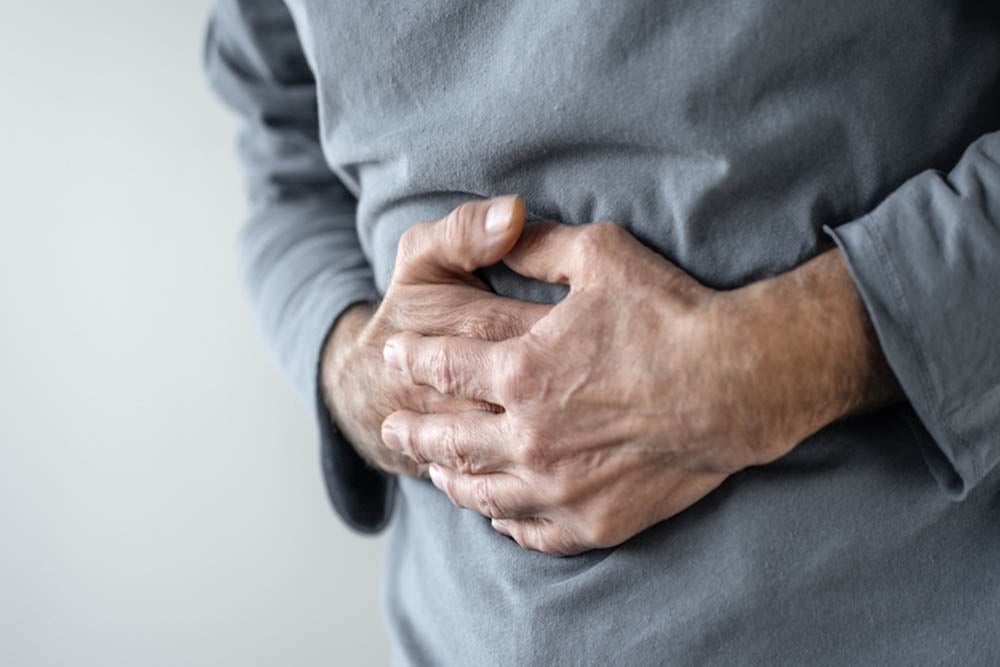Managing diverticulitis

Diverticulitis is a condition where pouches in the large intestine become inflamed. This can cause severe abdominal pain and complications, if left untreated.
Read on to learn more about how to prevent and manage diverticulitis.
What is diverticulitis?
The walls of a healthy colon are smooth. When small pouches (called diverticula) form, this is called diverticulosis. Diverticulosis is often symptomless. Symptoms occur when those pouches become inflamed, causing diverticulitis.
Symptoms of diverticulitis include:
- Severe lower abdominal pain (usually on the left side)
- Nausea or vomiting
- Fever
- Changes in stool —either diarrhea or constipation
What are the risk factors?
There are several risk factors for diverticulitis, including:
- Genetics
- Lack of exercise
- Low-fiber diet
- High red meat consumption
- Smoking
- Heavy drinking
- Use of certain medications (NSAIDs, steroids and opioids)
- Age (over 50)
- Obesity
Preventing diverticulitis
Diverticula are common. There are steps you can take to prevent diverticulitis:
- Exercise regularly: Aim for at least 150 minutes of moderate-intensity physical activity a week
- Eat plenty of fiber: Great sources of fiber include whole grains, beans, fruits and vegetables, and seeds
- Drink water throughout the day: When you eat more fiber, you also need to drink enough water to prevent constipation
- Quit smoking and limit alcohol: Smoking and heavy drinking are linked to diverticulitis. Seek professional help, if needed, to cut back.
Treating diverticulitis
Mild cases of diverticulitis can be treated at home. Often doctors prescribe antibiotics to prevent further infection and complications.
About 15% of people experience more severe complications of diverticulitis, including:
- Colon blockage or tear
- Bleeding
- Fistula
- Hemorrhage
- Abscess
In these cases, people will need to be hospitalized for treatment, including intravenous antibiotics.
During acute episodes of diverticulitis, a clear liquid diet is usually recommended. This includes any totally clear, non-cloudy liquids, such as apple juice, broth or Jello.
As symptoms improve, your doctor may recommend moving onto a low-fiber diet for a few days. Although fiber lowers your risk of diverticulitis, it can make symptoms worse when you’re in the middle of a diverticulitis episode. Low-fiber foods include:
- White rice, bread and pasta
- Eggs, chicken and fish
- Milk, yogurt and cheese
- Canned or cooked vegetables or fruits without skin or seeds
- Fruit and vegetable juice without pulp
- Low-fiber cereal (corn flakes, puffed rice, cream of rice)
Make sure you check in with your doctor if you are experiencing any symptoms of diverticulitis. And if you are at risk for diverticulitis, discuss prevention strategies at your next physical.
Was this article helpful?
Sign up to unlock your health, your way at no cost to you.
This content is not intended to be a substitute for professional medical advice, diagnosis or treatment. Always seek the advice of your physician or other qualified health provider with any questions you may have regarding a medical condition.
